
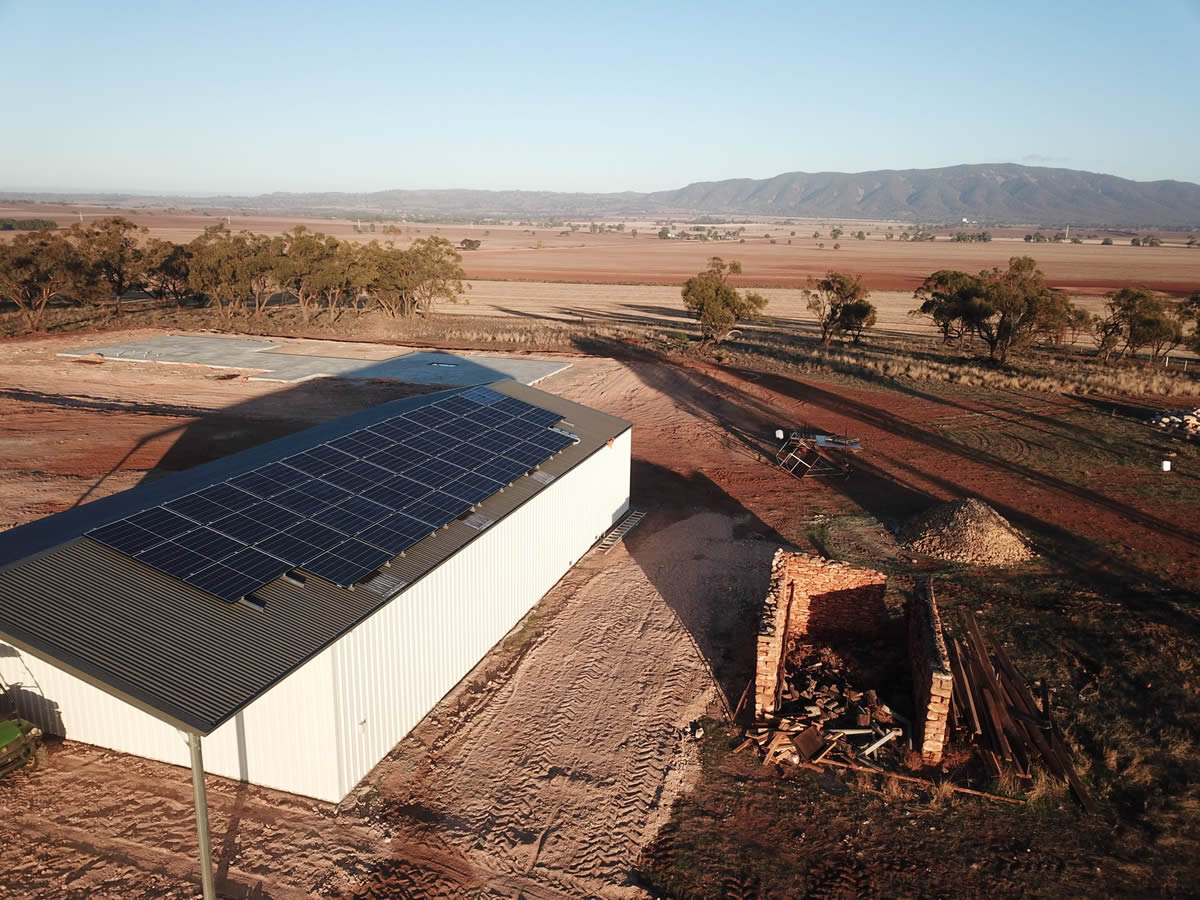
More than one out of every five Australian homes now have solar panels, and it’s increasing at a rate of six new solar panels every minute.
It’s an incredible achievement, considering that almost all of this growth has occurred in just the last ten years. As a country, Australia is embracing solar power at a remarkable rate.
And with the dropping costs of solar panels, combined with the release of new battery systems such as the Tesla Powerwall – many people are wondering if we still need the electricity grid at all.
So, whether you’re building a new home, buying an existing one, or already living in a solar-powered house – should you consider going off the grid entirely?
Well, let’s take a look into the pros and cons and come up with some answers.
A huge driver in the uptake of solar in Australia has been a sharp decrease in equipment prices over the last ten years. With more brands entering the market, factories becoming more efficient, and growing demand for clean energy, the costs of solar panels (and now batteries) has dropped considerably. In fact, the cost of manufacturing a solar panel has dropped a staggering 300x over the last 40 years.
If you’re considering an off-grid solar system, it’s more affordable than ever to install a powerful system capable of generating and storing enough energy to run an entire home.
When you were building a new home in years gone by, one of the key considerations was choosing a location with mains power, or where it could be connected quickly and cheaply.
But with the dropping prices of solar equipment, you can now build a home in virtually any location and generate your own clean energy on-site.
With solar panels, batteries, and a generator for backup, many people already run completely self-sufficient homes. And where living off-grid once meant compromising on many of the creature comforts that mains-powered households enjoy, larger solar arrays and more powerful battery banks are allowing people to live sustainably without compromising their lifestyle.
As well as the environmental benefits of solar power, there are also substantial savings to be made over the longer term. If you’re thinking about building a new home in a regional area, you must also consider the cost of connecting mains power to the property.
This will depend on many factors – such as your proximity to the nearest power lines – and the total cost of connection can range anywhere from $10,000 to $100,000 or more.
And of course, once you have mains power connected, you’ll then receive ongoing – and rising – electricity bills combined with quarterly supply charges.
Instead of paying to have mains power connected, you can put your money into a self-sustaining energy system in the form of solar and batteries. You’ll be making a capital investment either way – but with solar, your ongoing costs will be minimal, and you’ll never receive another bill from your energy retailer.
If your cost of connection is relatively low – or you are already connected to the grid – it can make more financial sense to invest in a grid-connected solar system instead. Under this scenario, you can still install enough solar to reduce or eliminate your electricity bills and make your home energy-neutral – but the grid will ensure you never run out of power.
Residential solar power is playing a significant role in Australia’s transition to clean energy. A mere 15 years ago, virtually all homes were completely mains-powered. But today in 2020, many people are installing solar and batteries to reduce their dependence on the grid – or live without it altogether.
An off-grid solar system can run your entire home on clean energy while also making better use of your power. Many grid-connected households are wasteful with electricity, but a standalone system encourages you to place greater value on electricity – and make best use of your own generation.
And being as solar panels produce clean energy for 25 years and beyond, every system makes a substantial contribution to the environment. In fact, recent data suggests that a 6.6kW solar array will offset almost 250 tonnes of CO2 during the panel warranty period alone.
In the same sense as capturing rainwater or growing your own food, there is a satisfaction to be found from living in a self-powered home with control of your own energy cycle.
With significant advancements in the efficiency of heating and cooling systems, white goods, and lighting – combined with standalone power generation – anyone can now create a truly sustainable home.
Living in an off-grid home is great for the environment and cheaper in the long run – but it also makes for a satisfying lifestyle.
It’s no surprise that a solar and battery system powerful enough to run your entire property requires a significant investment. However, the price of a fully-installed system can still be lower than connecting the property to the grid – not to mention the costs of ongoing power bills.
Off-grid solar systems take many different forms which can vary dramatically in their size, quality, and complexity. And just like no two homes are the same, standalone power systems are tailored specifically to your property and energy requirements.
In your initial consultations with a solar expert, a detailed ‘load profile’ is drawn up, taking into account the number of people, the appliances, the living habits, and how these may grow in the future.
The cost of a complete system can range anywhere from $15,000 to $90,000 and beyond. The scale and price of the system will depend on your energy needs, how much power is generated by renewables, and the quality of the equipment.
Another consideration you should make is that an off-grid solar system will require careful design, planning, and installation before it powers your home. While the electricity grid connects to your house at a single point, you’ll now be installing all of your own infrastructure within a closed system.
Throughout the initial planning stage, discussions with your off-grid energy consultant will include:
Once the system is operational, it will also require ongoing maintenance of one form or another. To put your mind at ease, this is covered in the design process so you’ll know exactly what’s required long before the system is installed.
Maintenance can include monitoring your solar inverters and battery state-of-charge, maintaining and re-filling your batteries, keeping your generator in working order, and generally keeping an eye on the system as a whole.
While it may seem like a lot of work, the requirements are typically quite minimal. Many newer types of batteries such as VRLA (Valve Regulated Lead Acid) or Lithium-Ion require virtually no maintenance and come with wireless monitoring for a quick overview of your system at any time.
When you’re running a property entirely from your own solar power, you’ll need to be smarter with your choice of appliances and overall energy use. For many people, this is a small price to pay for a self-sufficient home – but for some, it can result in lifestyle limitation if the proper considerations aren’t made in advance.
As you may gather, it’s a case of weighing up how much power you consume versus how much power you can generate and store. In addition to solar and batteries, most off-grid systems include a generator as backup during high power use or in poor weather when solar generation is low.
As a simple exercise, let’s take a look at how much energy the most popular solar systems can generate. As a guide, the typical Australian home consumes around 6,500 kWh (kilowatt-hours) of electricity per year – or an average of 18 kWh per day.
For farms and larger properties, these numbers can be much higher. And of course, the consumption of any given property can (and does) vary dramatically by day, month, and season.
The above figures are a guide only, and factors such as your location, solar panel pitch and orientation, and shading all play a role in your energy production. Also bear in mind that cables, batteries, and inverters also consume some of your solar generation before it’s delivered as usable power.
As part of your system quote, you’ll receive a detailed breakdown of your projected energy production, battery storage capacity, and availability of usable power throughout the year.
With solar panels and batteries prices at all-time lows, setting up a home with an off-grid system is within the financial reach of more people than ever before.
If your property already has mains power – or it’s cheap to connect – it’s generally best to install an on-grid solar system. This way, you can still source some or all of your energy from solar and batteries, sell excess power back to your retailer – and have the grid there when you need it.
If you’re building or buying a property without mains power, you have a few more options. You can connect the property to mains power and install a grid-connected solar system, or stay off-grid an invest money into your own standalone power system.
If you’re weighing up the options of your solar-powered future, our expert advice can make the decision much more straightforward. Off Grid Energy Australia has an award-winning team of renewable energy consultants, specialising in both on-grid and off-grid solar energy systems.
We’ll help you to understand the options, compare the latest technologies, and make your journey into renewable energy a wise long-term investment.
If you’d like more information or need a quote for a new or existing property, contact the Off Grid Energy team and speak with one of our friendly staff.
Whether you’re mains-powered or completely self-sufficient, the team at Off Grid Energy will help you to save money – and the environment.


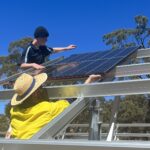
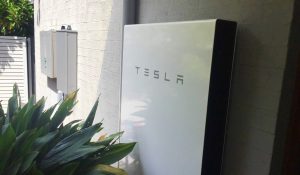
How does the Powerwall work? What are its capabilities? Can it run your home even if you’re not connected to the grid? Answers to these questions and more.

Each type of storage system has important differences that set them apart from each other, making them ideal for own specific applications.
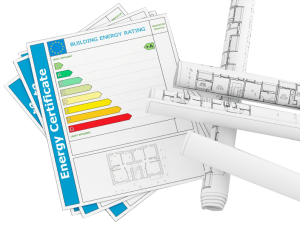
When living off-grid, you rely entirely on solar panels and batteries, so it’s critical to know exactly how much electricity you’ll need, and when you’re going to need it.
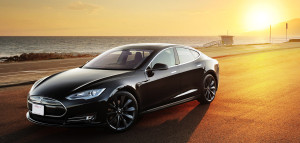
A snapshot of who is leading the Electric Vehicle race and where Australia sits in it.
Electrical Contractor Licenses: VIC REC-31913, TAS 15608294, WA EC15901, SA PGE278927, NSW 279181C
We acknowledge the Traditional Owners of Country throughout Australia and recognise their continuing connection to land, waters and culture. We would like to specifically acknowledge the Kaurna, Wathaurong, Wonnarua, Wiradjuri and Boonwurrung people. We pay our respects to their Elders past, present and emerging.